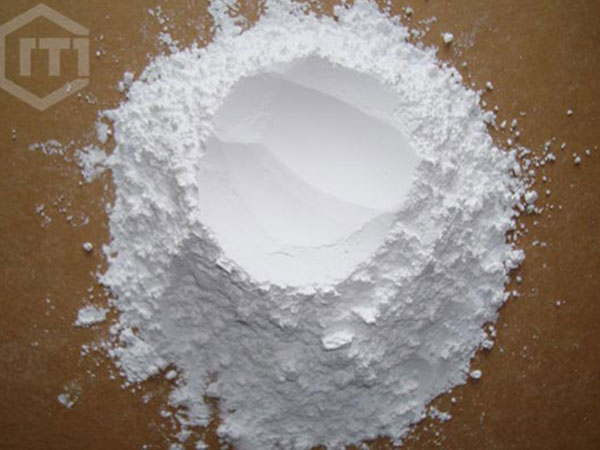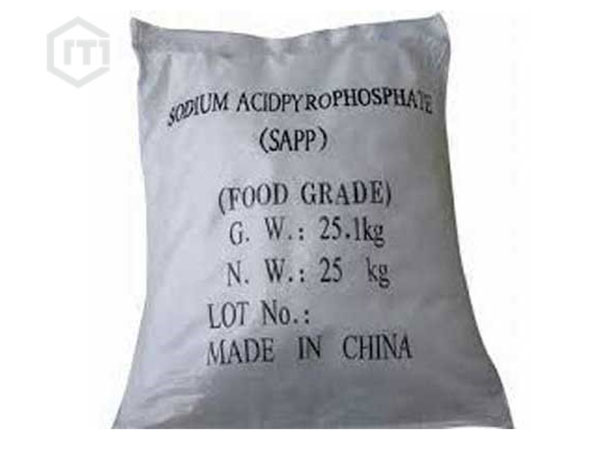Are you looking to level up your culinary game? Want to add that extra touch of magic to your recipes? Look no further! In this blog post, we will dive into the world of sodium acid pyrophosphate, a versatile ingredient that can elevate your cooking skills to new heights. From its properties and uses in the kitchen to tips on how to incorporate it into your favorite recipes, get ready to discover the culinary potential of sodium acid pyrophosphate.

Understanding Sodium Acid Pyrophosphate
Sodium acid pyrophosphate, commonly abbreviated as SAPP, is a chemical compound that belongs to the group of leavening agents. It is a white, odorless powder that is widely used in the food industry due to its unique properties. SAPP is known for its ability to release carbon dioxide gas when it reacts with moisture and heat, making it an excellent leavening agent in baking.
Sodium acid pyrophosphate has a wide range of applications in the kitchen. One of its primary uses is as a leavening agent in baking, where it helps dough and batter rise, resulting in light and airy baked goods. It is commonly used in recipes such as cakes, muffins, pancakes, and biscuits to achieve a desirable texture.
SAPP is also used as a buffering agent, which helps regulate the pH of food products. It can prevent undesirable changes in color, flavor, and texture caused by pH fluctuations, making it a valuable ingredient in sauces, dressings, and processed foods.
Another notable use of sodium acid pyrophosphate is as a sequestrant, which can bind to metal ions in food, preventing them from reacting with other ingredients and causing quality issues. This property makes it a popular ingredient in canned foods, pickles, and processed meat products.

Tips for Incorporating Sodium Acid Pyrophosphate
Here are some tips on how to effectively incorporate sodium acid pyrophosphate into your recipes:
Follow recommended usage levels. It’s essential to use SAPP in the recommended amounts to ensure the desired results in your recipes. Too much or too little can affect the texture and taste of your finished dish.
Combine with other leavening agents. SAPP can be used in combination with other leavening agents, such as baking soda or cream of tartar, to achieve the desired leavening effect in your recipes. Experiment with different combinations to find the right balance for your baked goods.
Be mindful of the pH. SAPP is a pH-sensitive ingredient, so it’s important to consider the pH of your recipe when using it. Too acidic or too alkaline environments can affect its performance, so be mindful of the pH levels in your ingredients
Store properly. Like any other ingredient, SAPP should be stored in a cool, dry place to maintain its quality and effectiveness. Avoid exposure to moisture or extreme temperatures that can affect its performance.
Conclusion
Sodium acid pyrophosphate is a versatile ingredient that can elevate your culinary skills to new heights. If you are looking for this chemical, please click here: https://chematephosphates.com/sodium-acid-pyrophosphate/. Whether you’re an aspiring baker or an experienced cook, incorporating SAPP into your recipes can add that extra touch of magic to your dishes. From its leavening properties to its pH-regulating and sequestrant effects, SAPP has a wide range of applications in the kitchen. So, why not give it a try and unlock the culinary potential of sodium acid pyrophosphate? Happy cooking!